New ways to connect ecobricks
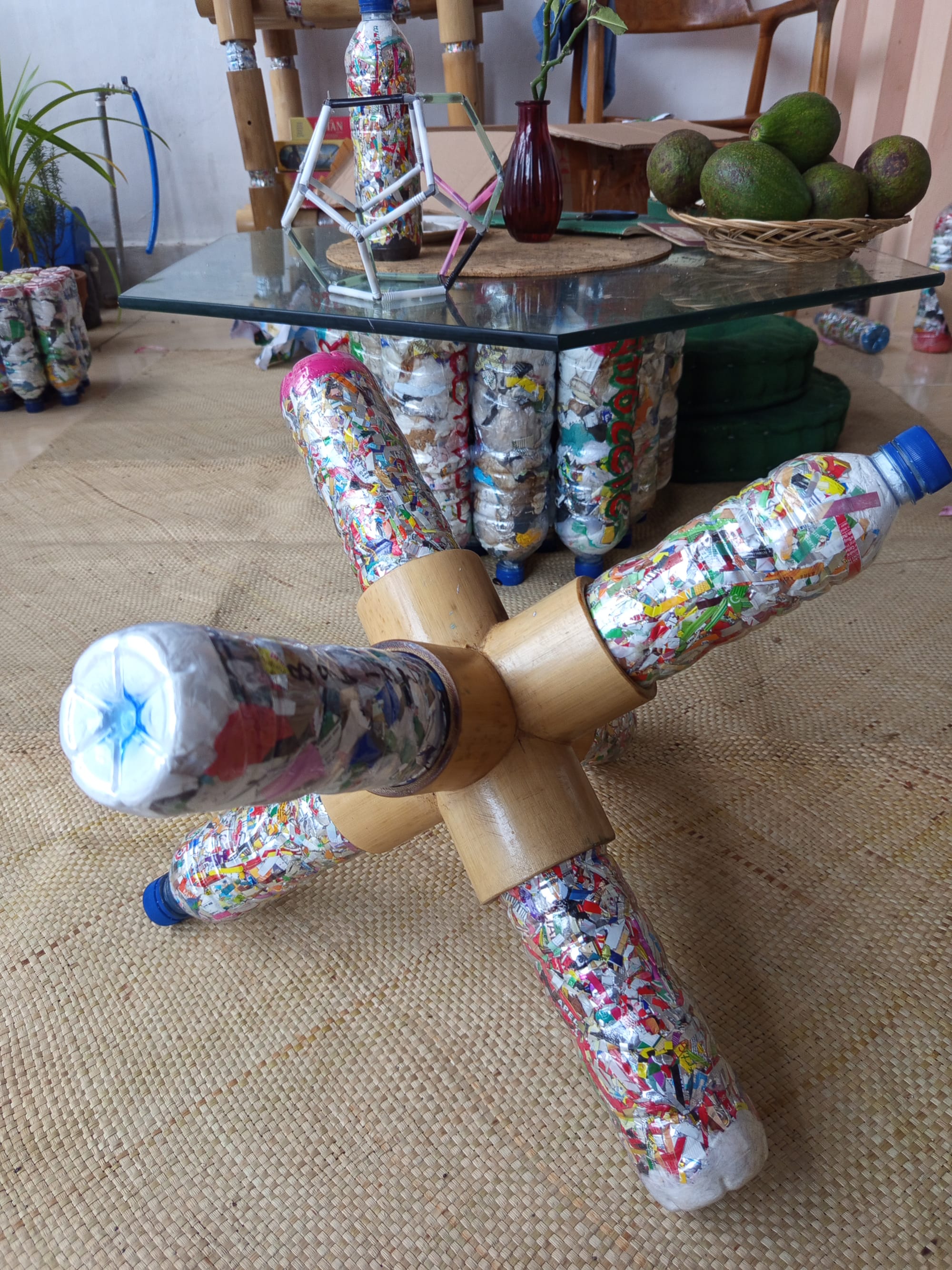
How can used used plastic be put to good, local and green use without relying on capital and industry?
This question has driven my work with plastic for the last years. Given that plastic is a key component of our industrial petrocapital age, a simple answer to the question provides a poetic path to transition from the polluting problems of industrial plastic– and our petrocapital age.
Enter ecobricks.
I've been passionate about ecobricks for the last decade. There's no solution to plastic quite like it. Observing the way the de-centralized global ecobrick movement has spread and inspired millions to pack their plastic and to build practical things with it, I believe that they provide an answer to the question.
Ecobricks are one of the few ways that we can follow Earth's example of carbon sequestration without capital or industry. Ecobricks can be made by anyone, anywhere using the plastic and bottles from their community. No machines, special skills, funding, engineers or politicians required. Over the the last year we've come up with all sorts of great practical applications for ecobricks– from modular furniture to earth building.
But to really tip the scales, ecobricks need to be even more practical.
Well, we're on to a new application!
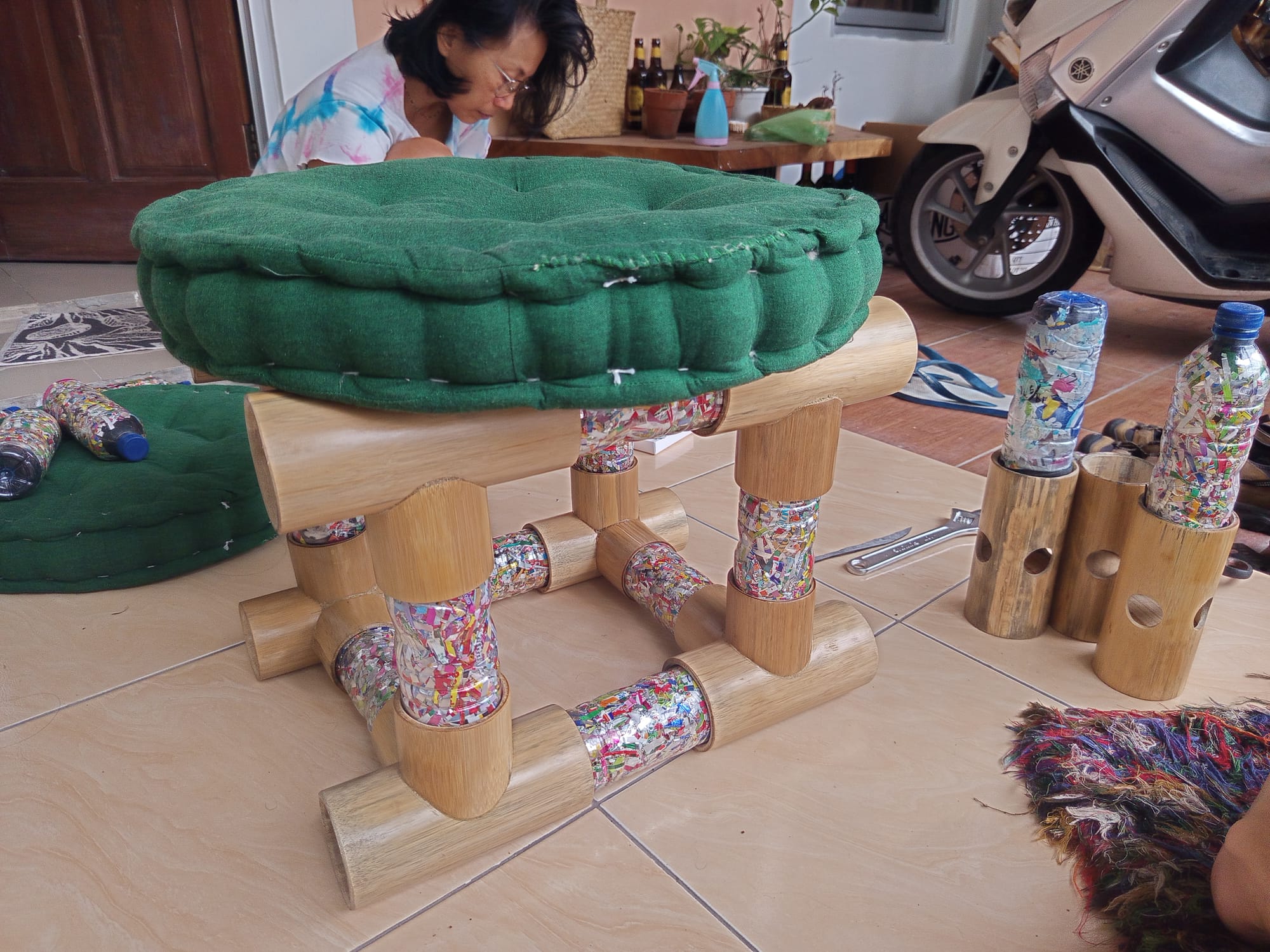
A unique and interesting aspect of ecobricks as a building material is that they are exactly the same size (unlike organic materials). With this comes the ability to construct geometrically. So far, we've used two dimensional geometry to make ecobrick modules and for making stacked earthen walls.

But what about three dimensional geometry?
If we could just figure out a way to connect ecobricks end to end, maybe with a flexible joint... all sorts of things would be possible!
My colleagues and I have been experimenting with this for the last year. Our first idea was to try making geodesic dome out of remolded plastic joiners.
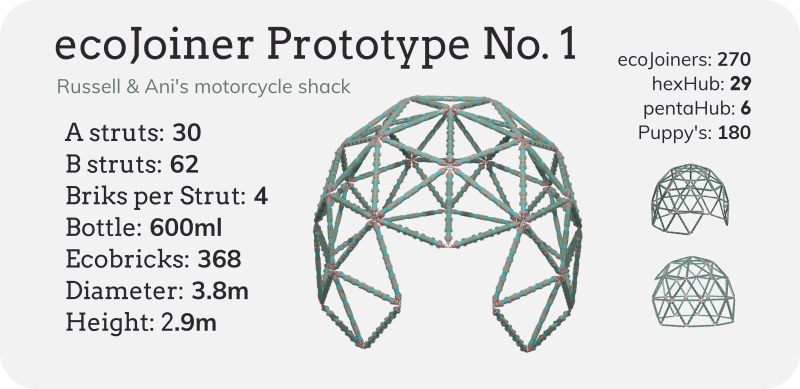
We made some great progress...
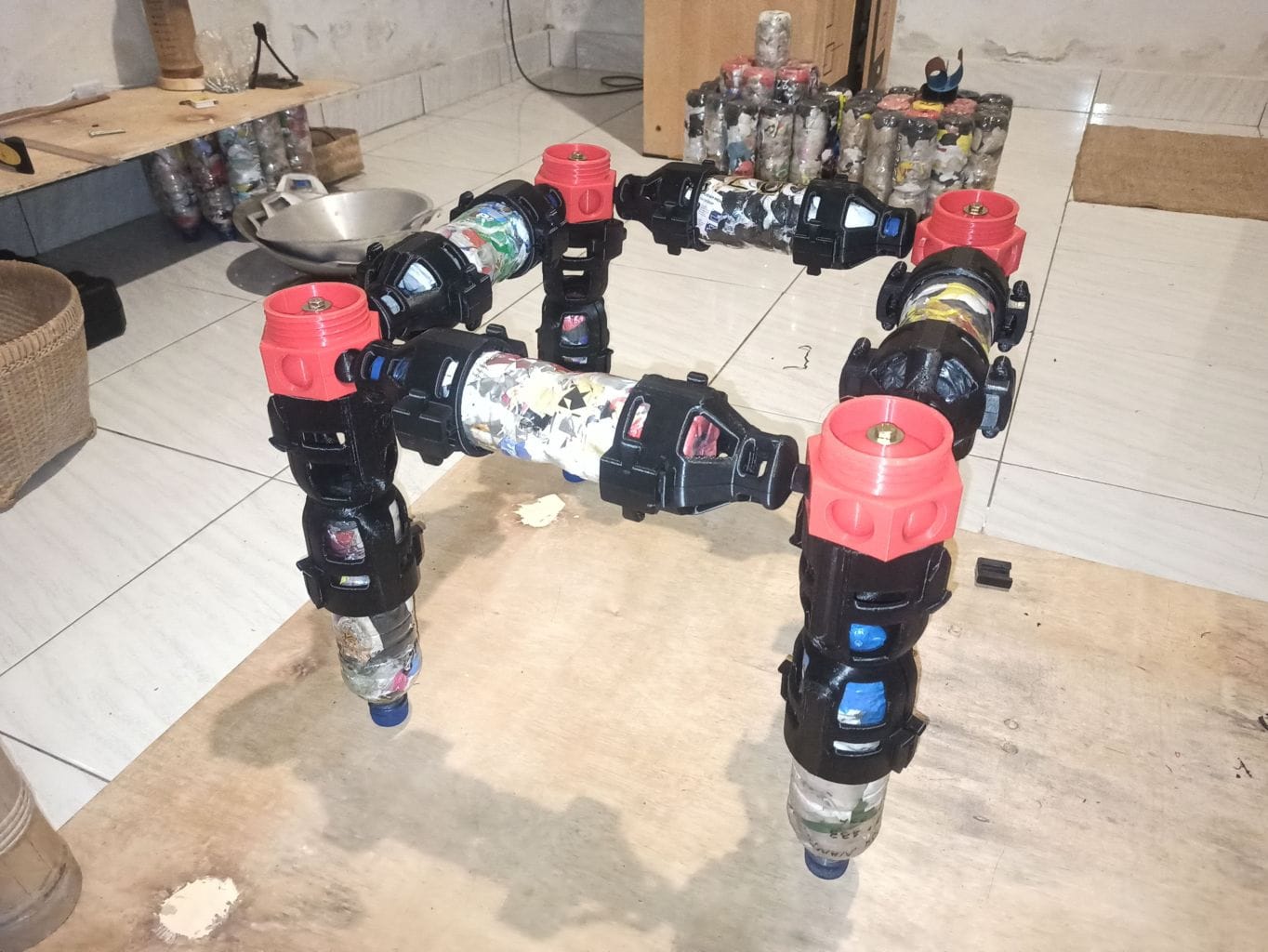
However, this endeavor failed spectacularly last year!
Alas to mold plastic you need machines, technology and specialization– and thus capital. While there's nothing wrong with this per se– as our concept came to rely more and more on capital, the balance tipped into reliance– a contravention of our fundamental design parameters: not to be capital or specialization reliant. After all, if we were struggling to fund our production of this tech it meant it would be a barrier for others, and thus impact the social virality of the tech down the road.
Back to the drawing board!
Rather than make domes, what about if we made lattices?
Lattices enable one to build strong, modular and practical constructions in unlimited configurations.
There are many types of lattices. The simplest kind, are cubic.

And what if we used bamboo instead of remolded plastic? Bamboo grows abundantly around the world, is carbon negative and completely organic! It also happens to be round, and, maybe just maybe could be put to use to make joiners.
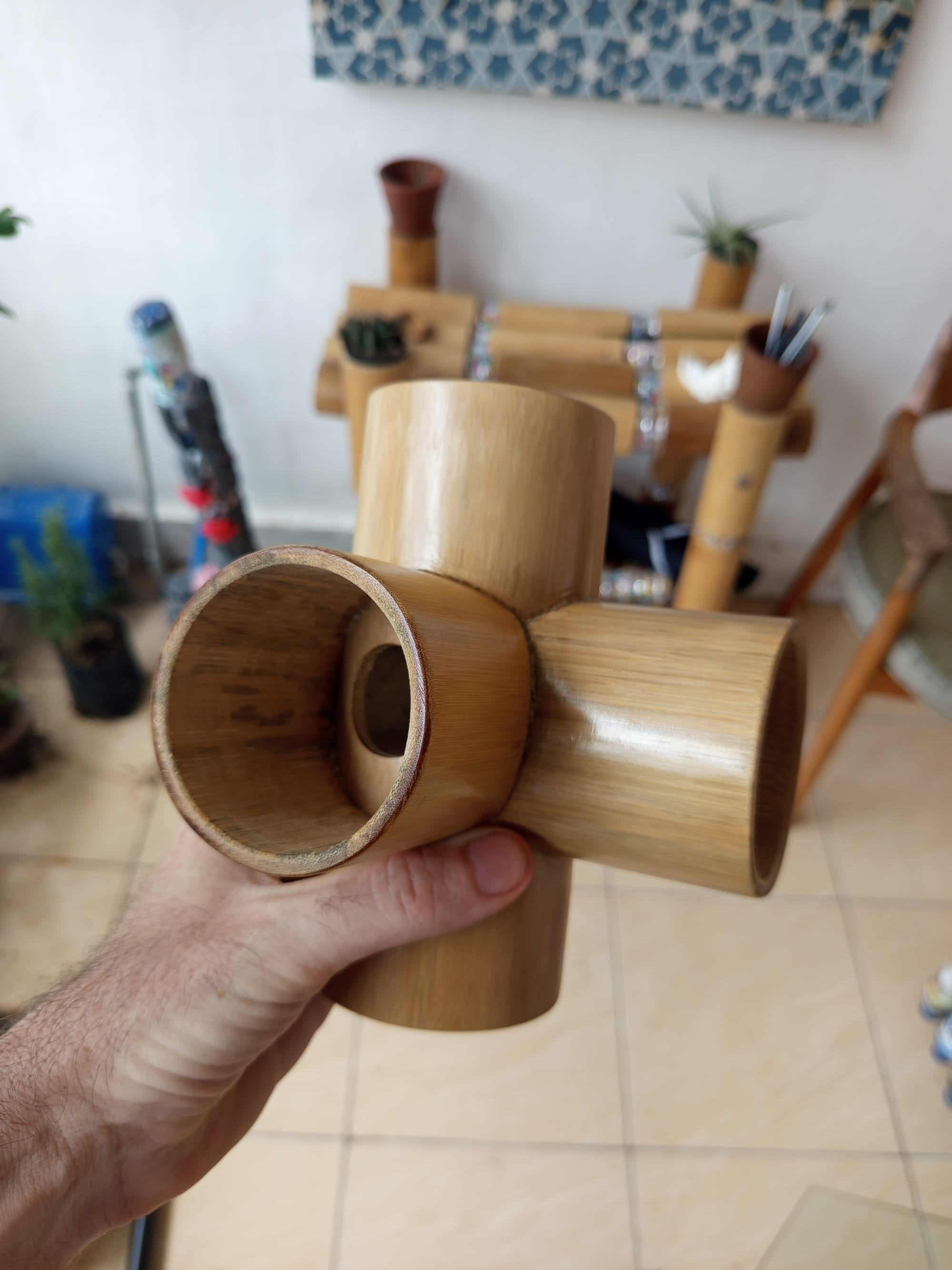
So far, our experiments are promising. By developing an open source methodology for making bamboo "ecojoiners" for any size or volume of bottle, folks around the world can put ecobricks together to build all sorts of lattices for all sorts of purposes. Best of all, any local carpenter can do the work with cutting tools that are widely available for their local bottle sizes.

What could they be used for?
Festival pavillions? Lattice for cob walls? Tents? Furniture? Honestly, I am still not quite sure.
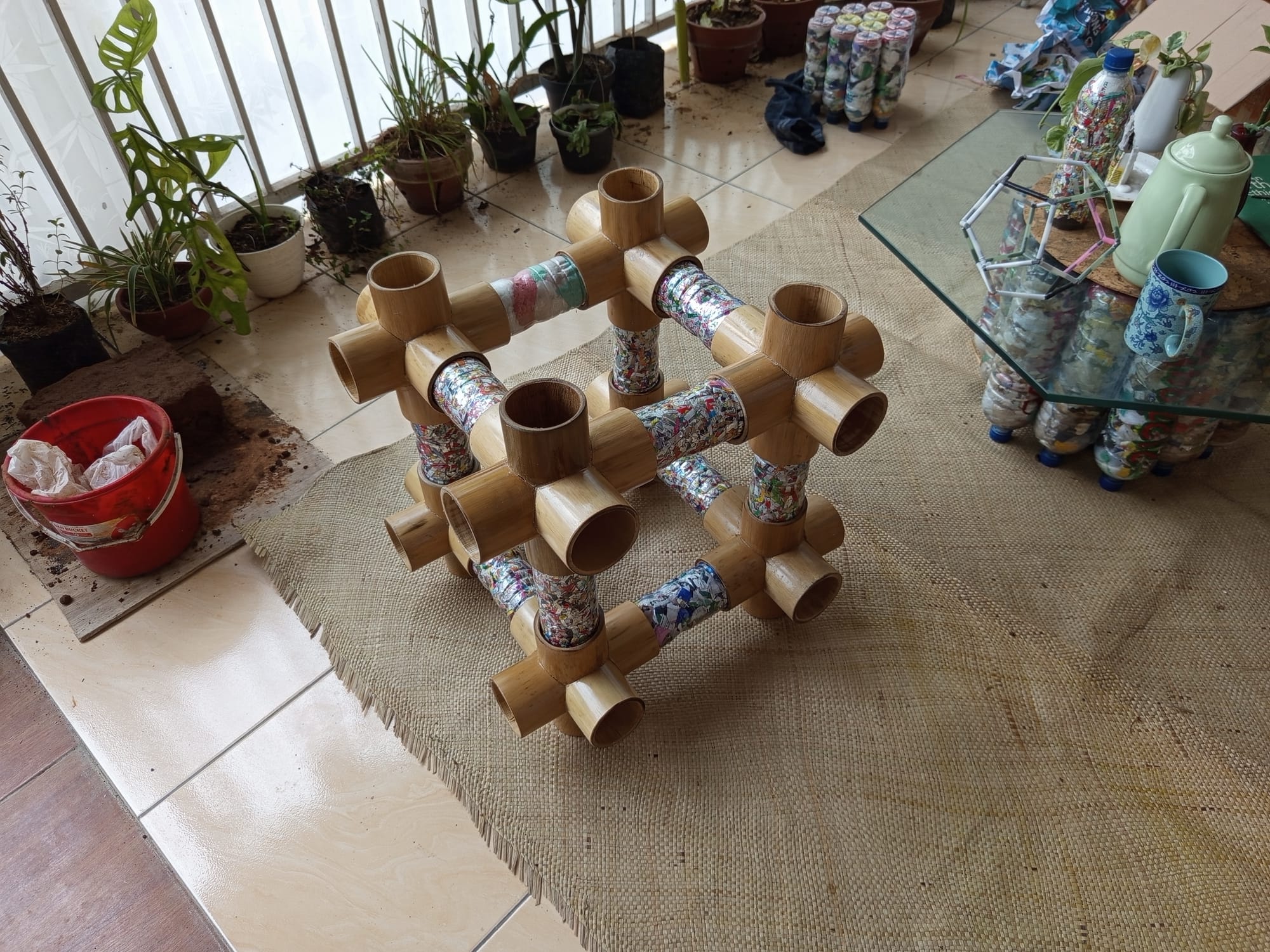
For the moment, I'll focus on making some desperately needed storage shelves for our home!
Stay posted as our work unfolds.
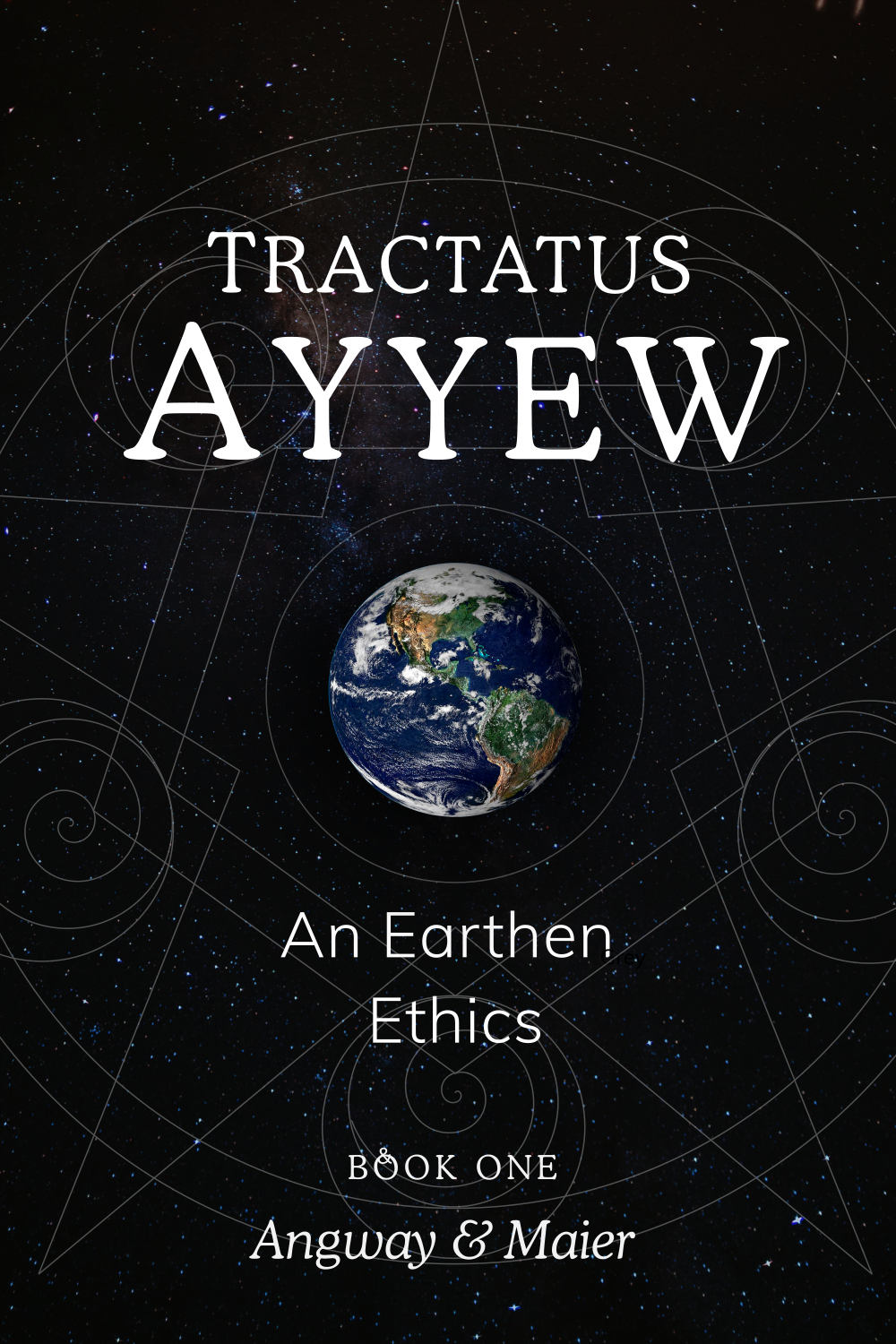
To better understand the design parameters that we're working from see our treatise on Earthen Ethics.



